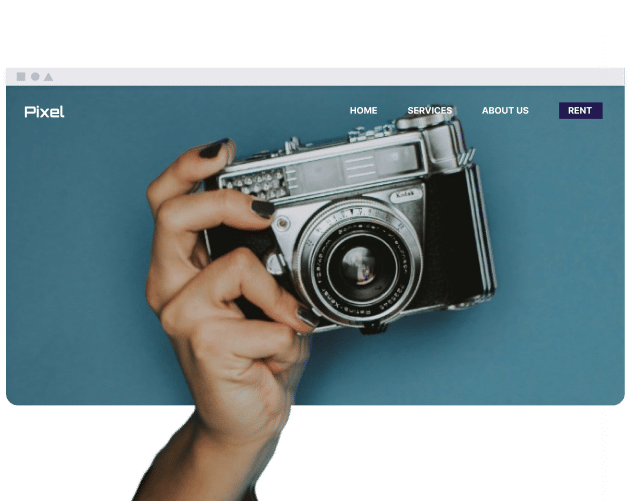What products can I sell with print on demand?
It’s possible to sell various types of products with print on demand services, and you should try different things to determine what works and what doesn’t. Some of the products you can sell with print on demand services are:
- Home Decor: Photography prints, posters, blankets, and other items commonly used at home.
- Apparel: T-shirts are one commonly sold POD product. However, you can also sell hats, hoodies, and similar items.
- Accessories: Consider selling products like bags and smartphone cases. Explore the option of offering additional personalization features.
- Stationery: Notebooks are commonly sold via POD services, but you may also want to think about cards and similar items.
What are the key features to look for in a print on demand service?
Before choosing a POD service to partner with, you must consider numerous elements and vet to see if they’re the right fit. Some of the aspects you need to think about are listed below.
- The quality of your products: Your products need to be of the highest quality. If possible, order some samples before listing items. Doing so is vital for ensuring that you know what customers are buying.
- Pricing/profit margins: Consider the fees you’ll have to pay each time you make a sale, and ensure that you know how much you can expect to make. Consider shipping and production costs, and factor in other expenses (e.g. paid advertising) to get the full picture.
- Shipping/production times: Ask your POD services how long they expect for the products to be shipped, and be transparent with your customers.
- Customer support: Consider the customer service if you are thinking of partnering with a POD supplier.
- eCommerce integration: Make sure that the service you choose can integrate with your online store. For example, you should think about custom integration with Hocoos if you have limited technical experience.
How do I choose the right print on demand company?
To choose a print on demand supplier for your business, you will need to consider some additional factors before making your decision.
- Research: Look at what others have said about the POD provider(s) you’re considering a partnership with. Read reviews and ask people in your industry, along with seeing what others say on social media.
- Product samples: It’s beneficial to utilize samples to personally assess the quality of products you intend to offer.
- Think about your needs: Sit down and analyze your business goals. Once you’ve done this, you should pick a POD supplier that you think will allow you to reach these objectives.
What are the potential challenges of print on demand?
Before launching a business that leverages POD, it’s important to understand both the pros and cons. Here are some other things you must consider when you launch.
- Profit margins: These are usually lower than if you sell the products without going through a supplier, but at the same time, you should think about the benefit of not needing to create the product yourself.
- Production: Since you have limited control over production, it’s important to choose a supplier that you can trust.
- Delivery estimates: Keep in mind the estimated delivery times for your products, and take steps to minimize the chances of delays.
What is the future of print on demand?
The future of print on demand will be influenced by numerous factors, such as changing customer behaviors and the creator economy. Here are some things to expect in the coming years.
- Product variety: Due to changing demands, customizable and standout products will become even more important in the future.
- Production/shipping: Technological and logistical advancements will impact how long it takes to produce and ship products.
- Customization: Some POD services will utilize 3D printing, while others will look at augmented reality (AR).
Conclusion
Print on demand is an avenue to consider if you want to sell online products, though it will require time and effort to learn. You can use it to test products, but before listing anything, make sure that you have ordered samples so you know what you’re selling.
Focus on marketing your products, choosing a niche, and thinking about what your audience would want to buy. Experiment with different products; you should also make sure that your offerings are varied.

